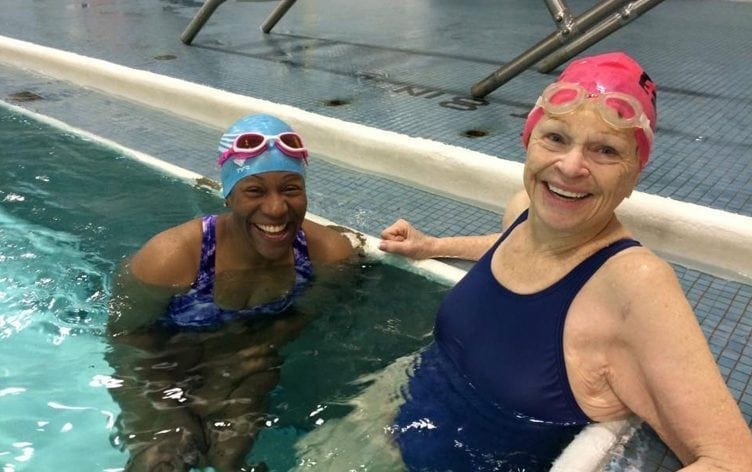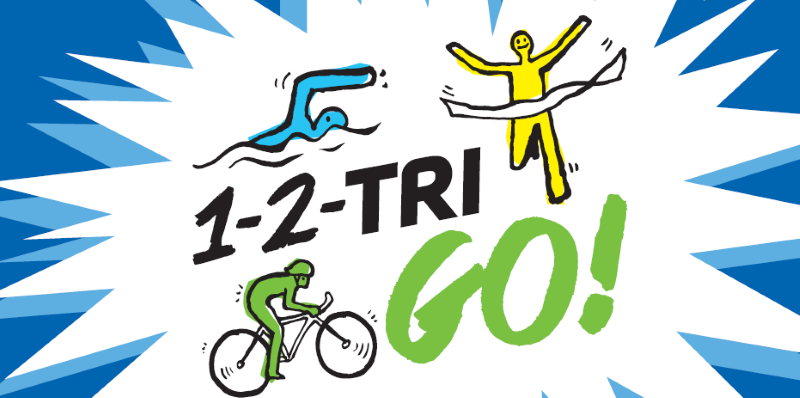by Jermaine John-Archer, Strength & Conditioning Coach
It’s no secret that physical activity as we get older can benefit our health and improve our daily functional abilities. In some cases, the more physical we become, the greater the health benefits.
Increased physical activity can reduce these health risks:
- high blood pressure, stroke, heart disease, certain types of cancer, type 2 diabetes, osteoporosis, overweight, and obesity
- premature death
Increased physical activity can maintain or improve these health factors:
- Maintain functional independence, mobility, bone health, mental health
- Improve fitness, body weight, strength, and psycho-social wellbeing
A common concern I uncover during client consultations, however, is the obstacle some people have connecting knowledge with application.
How can we be more physically active?
Answering this question may seem difficult, especially if the concept of training is foreign or even daunting. However, a widely recognized way to structure your weekly exercise regimen can be realistically easier using the FITT Principle. As an acronym, the FITT Principle looks at how we structure exercise programs based on the Frequency, Intensity, Type, and Time:
| FITT Principle for Adults 50 Years or Older | ||
| F | Frequency: | 3 – 5 days of physical activity each week |
| I | Intensity: | Moderate to vigorous physical activity |
| T | Time: | Minimum 150 minutes each week |
| T | Type: | A combination of aerobic and resistance training |
*Based on the Canadian Physical Activity Guidelines by the Canadian Society for Exercise Physiology
F: Frequency
When regularly exercising, aiming for 3-5 days per week has been recommended for adults to maintain and/or improve a healthy living lifestyle. Spacing out training sessions to keep a structured schedule will yield far better results than sitting all week and binge exercising on the weekend. Let exercise be that rhythmic yet constant metronome of stability in your life.
I: Intensity
Growth! As we age, we still continue to grow in countless ways – from spiritual and emotional to knowledge and wisdom. Our bodies, however, can start to feel as if we’ve hit a plateau, or worse, like they are “declining”. One way to delay or prevent that feeling of hitting physical limits with daily living activities is to challenge the body more than you usually do when exercising. Varying the intensity of your exercise routine will help. The intensity level should match your specific goals and can be calculated with targeted heart rate zones and resistance training parameters.
T: Time
In addition to frequency, the length of time spent training per session per week will have a significant effect on your overall health and fitness levels. It is recommended that adults are active for a minimum of 150 minutes per week, in bouts of 10 minutes or more. If you are new to the concept of training, start on the lower end of the spectrum and progress within your limits. Once we have established a routine, start increasing the length of time, or combining multiple bouts into fewer yet longer bouts of activity.
T: Type
The type of activity greatly influences our ability to maintain and even improve our overall health and fitness. Generally speaking, the more ways we can expose ourselves to different training stimuli, the better chance we have at adapting while enhancing our ability to cope with different stresses and daily living challenges.
As long as it’s appropriate to do so, cross training (as in training across a wide spectrum of activities and environments, such as hiking, cycling, dancing, or swimming to improve cardiovascular performance) is a great way to keep the body guessing, while exposing ourselves to fun and different activities.
In regards to different training effects, two common types that we may want to include in our weekly FITT Principle include aerobic activities (cardio) and resistance training (weight training). For example, it is recommended that adults include at least 2 days (out of our 3-5 days of physical activity) to strengthening activities that use major muscle groups for stronger muscles and bones.
Why?
The FITT Principle simplifies the complex equation of how to train. It’s not the only way, but rather a starting point on what to do and how to structure it.
Not sure what a training program should look like for you? Fortius has a team of strength & conditioning coaches who can build you a customized training plan to help reach your health and fitness goals.
New to the gym? Looking for a low-stress introduction to aerobic and resistant training?
Fortius also offers a low-impact group training program called LifelongSTRONG for adults of all abilities. Through movement education and supervised exercise, LifelongSTRONG focuses on safe circuit-style strength training, balance, low-impact cardiovascular fitness and mobility. And best of all, it’s FUN!
Get started today! Book a complementary 30-min consultation to see if LifelongSTRONG is the right fit for you!
Did you know Triathlon BC members receive a preferred rate on select injury prevention and performance testing? If you’re a current Triathlon BC member, Redeem here to save up to 25% using promo code TriFortius2018.




